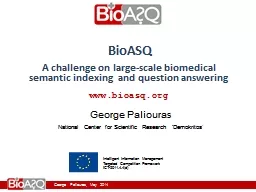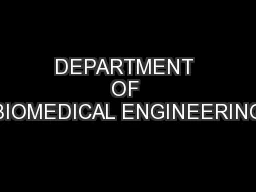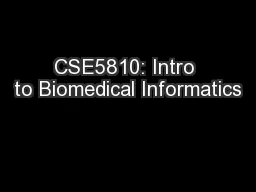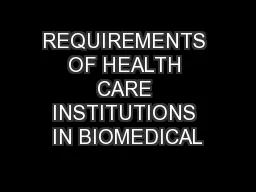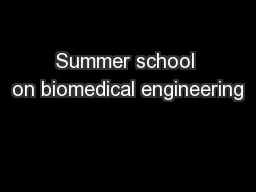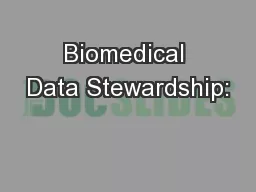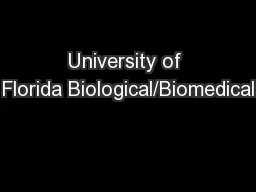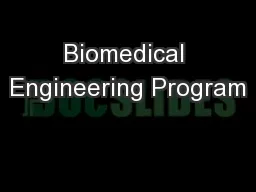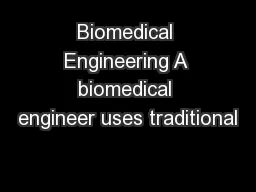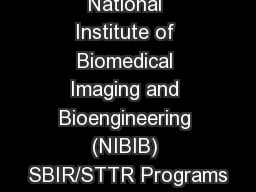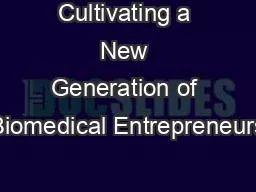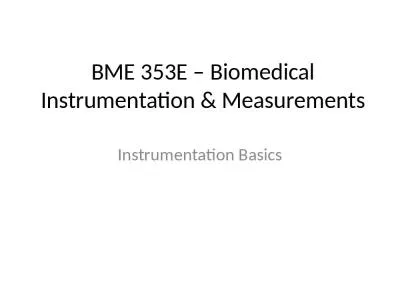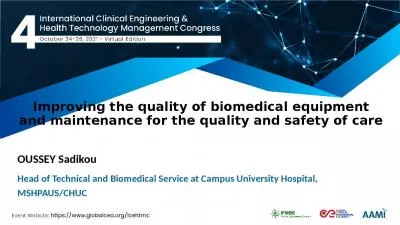PPT-Biomedical articles per year
Author : trish-goza | Published Date : 2016-05-26
2 43 Questions of biomedical experts Are there any DNMT3 proteins present in plants Yes Yes The plant DOMAINS REARRANGED METHYLTRANSFERASE2 DRM2 is a homolog
Presentation Embed Code
Download Presentation
Download Presentation The PPT/PDF document "Biomedical articles per year" is the property of its rightful owner. Permission is granted to download and print the materials on this website for personal, non-commercial use only, and to display it on your personal computer provided you do not modify the materials and that you retain all copyright notices contained in the materials. By downloading content from our website, you accept the terms of this agreement.
Biomedical articles per year: Transcript
Download Rules Of Document
"Biomedical articles per year"The content belongs to its owner. You may download and print it for personal use, without modification, and keep all copyright notices. By downloading, you agree to these terms.
Related Documents

